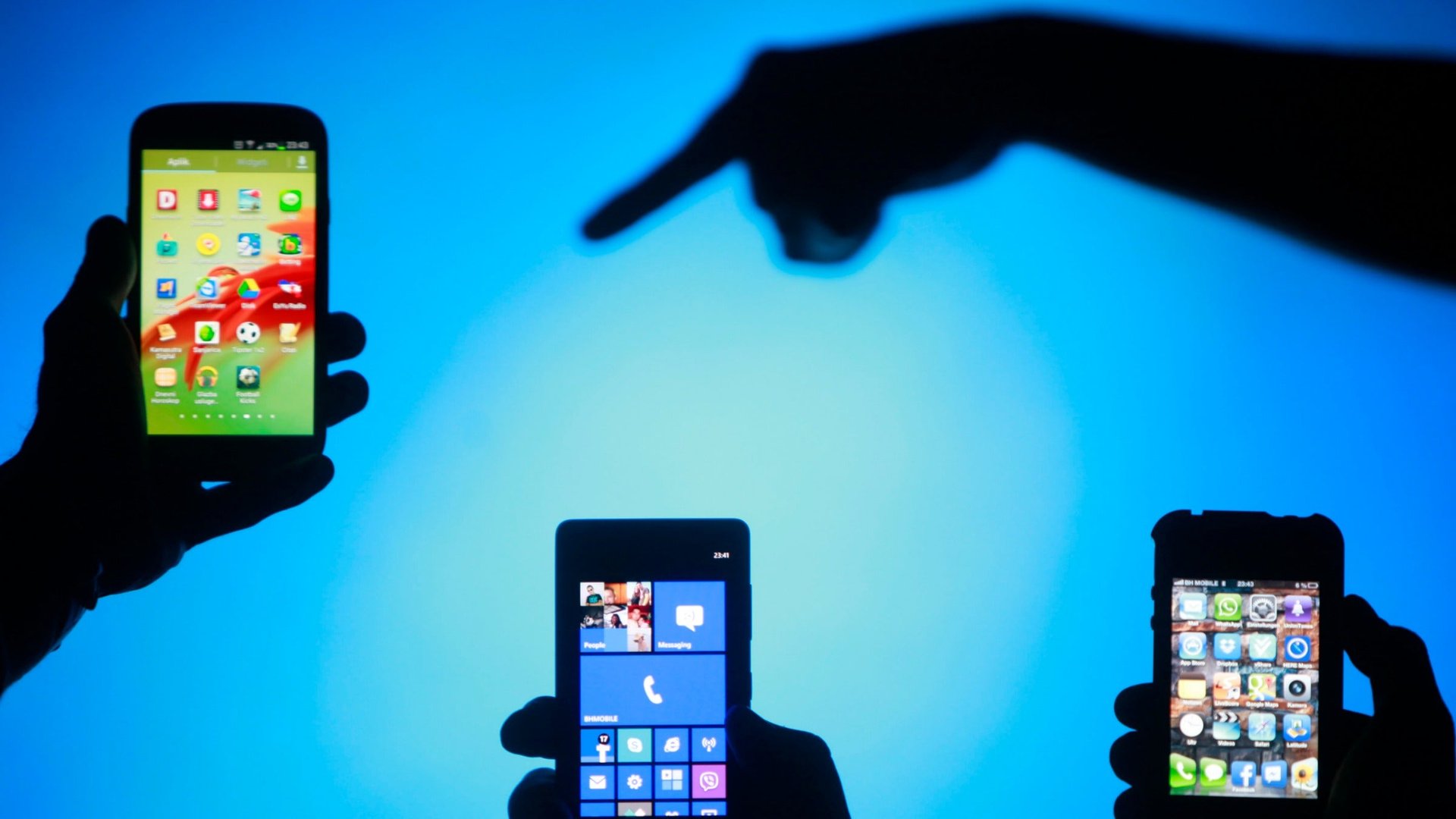Growth of smartphone sales in the US is over
Everyone and their grandma has a smartphone and not even the tech-obsessed feel compelled to upgrade to the latest versions of the best gadgets. Ladies and gents, we seem to have have reached peak smartphone. For the first time since 2008, computer-equipped phone upgrades dropped. This year, only 68 million Americans upgraded their phones, down 9% from the year before, reports the Wall Street Journal’s Spencer E. Ante. At this point, most people—nearly 70%—in this country have a fancy phone with data and computer capabilities on a contract. And that number gets a lot higher when you break it down by demographic: 75% of 18-to-24-year-olds have smartphones; 78% of 25-to-34-year-olds have one, too. There just aren’t that many more people out there to convert.


Everyone and their grandma has a smartphone and not even the tech-obsessed feel compelled to upgrade to the latest versions of the best gadgets. Ladies and gents, we seem to have have reached peak smartphone. For the first time since 2008, computer-equipped phone upgrades dropped. This year, only 68 million Americans upgraded their phones, down 9% from the year before, reports the Wall Street Journal’s Spencer E. Ante. At this point, most people—nearly 70%—in this country have a fancy phone with data and computer capabilities on a contract. And that number gets a lot higher when you break it down by demographic: 75% of 18-to-24-year-olds have smartphones; 78% of 25-to-34-year-olds have one, too. There just aren’t that many more people out there to convert.
Not all smartphone buyers come from the dumbphone market—sometimes people upgrade from one iPhone to a better iPhone. But it has become much less common, as the new models look more and more like the old ones. (Also, that leap is the most lucrative for wireless companies, who can then charge for a data package on top of minutes and texting.) The tech nerds all say the iPhone 5 and Samsung Galaxy S IV are better than the 4S and the S III. But not even they can say it’s worth upgrading from the 4S to the 5 or from the III to the IV.
I still have the very first smartphone I bought over two years ago: the iPhone 4. And while the iPhone 5 is better in every single way, even $200 for a subsidized upgrade seems like a lot of money to pay when that iPhone 4 works perfectly well. Most people upgrade more often than I have, after two years, when wireless carriers will subsidize a phone again, at least they did back in 2011. But that’s still a full year behind the rate at which tech companies put out new phones, which actually works against them.
At this point, all the tech bloggers advise waiting for the next iPhone to come out in September. But, that’s not even too enticing for buyers. With the latest releases it has become clear these gadgets only get marginal improvements, “refreshes,” as the lingo goes. “They haven’t thrown anything out that’s just like, ‘Wow,'” a loyal Samsung Galaxy S II owner, Conner Green, told Ante. The geeks have run out of spec improvements that matter, leaving battery life and size to battle it out.
Green, however, is optimistic that something shiny and exciting is coming soon. “There is a cycle every four or five years. It will be a few years before a breakthrough and people buy phones like when Apple first introduced the iPhone.” The iPhone first came out in 2007, so we’re overdue for said “breakthrough.”
The Journal, however, suggests that wearable gadgets will be that thing that gets people buying again. Microsoft, Apple, Google, Samsung—all the major tech companies either have rumored or realized versions. Smartwatches and glasses, however, seem more like acts of desperation from tech companies that have hit a creative wall than that “wow” factor Green is waiting for.